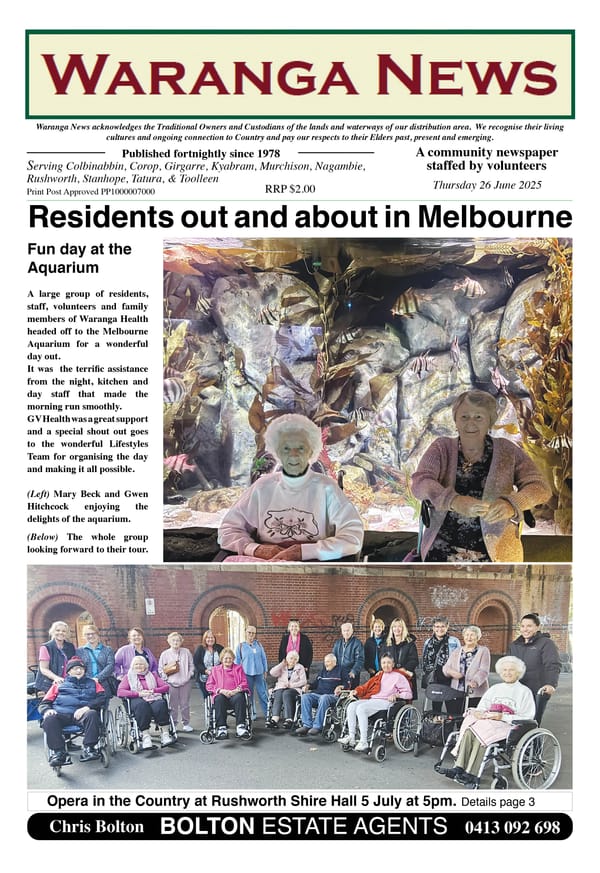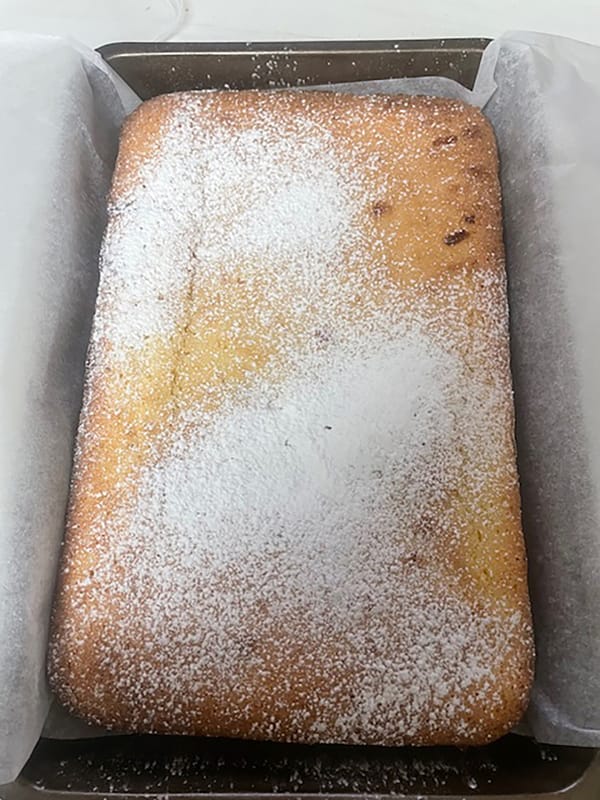24 . Chinese death rituals

In Australia at present, there is a wide range of choices about what happens to you when you die. The actual rituals that take place can vary widely. Across China in the 19th century, there were also many variations, given that there was a much larger population, with broad ethnic and religious diversity. Consequently, rituals for Chinese immigrants who died in Australia took a variety of forms.
The Chinese immigrants would all have preferred to be buried in their home village back in China, close to kith and kin. There is a fear that if this does not happen, the spirit might become a lonely ghost wandering in a strange and foreign land. However, bodily repatriation was an impossibility for most of those who died in Australia because of the cost that would have been involved in returning the coffin containing the remains by ship.
BURIAL
Something that most 19th century southern Chinese wanted was to be buried rather than cremated. There was a strong belief that cremation mutilates the body, having a disturbing effect on the afterlife. With burials, there are some differences compared to most Western funerals. For instance, the casket is generally open during the ceremony and up until the point of burial. Also, as the casket is lowered into the ground, mourners turn away from the grave site rather than watching the casket descend into the earth.
When a monument is erected, it is a footstone rather than a headstone. That is, the commemorative stone is placed at the foot of end of the grave with the mound behind the footstone. There is just one footstone in the Rushworth cemetery and one in Murchison. Footstones have curved tops rather than flat to discourage malignant spirits from settling there. Burial mounds are regarded as important and should not be flattened out as they were at Kangaroo Flat cemetery some years back, causing great consternation.
Interestingly, the colour that Chinese associate with death is white, as opposed to the black that Westerners usually associate with death. The deceased may be attired in a white robe and attendees at the funeral tend to wear plain white clothes. An exception is made when the deceased is over 80, where bright colours such as pink or red may be worn.
CEMETERY LAYOUT
Chinese cemeteries are laid out according to Feng Shui principles, as is the Chinese section at Bendigo cemetery. Elements included are trees (to represent the protective dragon and tiger), a guardian hill behind the graves, running water, and an entry defined by stone markers.
In Chinese cemeteries the tracks wind through the graves instead of following straight lines because bad spirits are thought to travel in straight lines. Pomelo trees are important features as the Pomelo is regarded as the Tree of Life.
Some cemeteries e.g. Bendigo and White Hills have burning towers. This is nothing to do with cremation. Paper gifts and offerings are burnt and transported by the smoke for use by the ancestors in the afterlife. Smoke from incense fulfils the same function.
ANCESTRAL TABLETS
When Chinese people die, an ancestral or spirit tablet is produced, which symbolizes the spirit of past ancestors. They usually contain details of the deceased, such as name, home village, age, date of death and perhaps some details of the person’s life. They may be kept in a temple (joss house) where there is one, or at an altar in the home. They can be as simple as writing on a piece of paper or quite elaborate, made from materials that will last. In the case of the Chinese who died on the Waranga goldfields, lack of access to a joss house may have meant that they were placed at a home altar in a tent or hut of a relative.
It is thought that the soul is made up of three parts – one which stays with the ancestral tablet, a second that accompanies the deceased to the grave and a third that begins the journey to reach the next world. Ancestor worship and filial piety (respect for the elderly and ancestors) is central to most Chinese belief systems.
Reference: Talk on Chinese burial traditions and beliefs by Adrian Hem (Wan) at Bendigo Library 3.5.23



